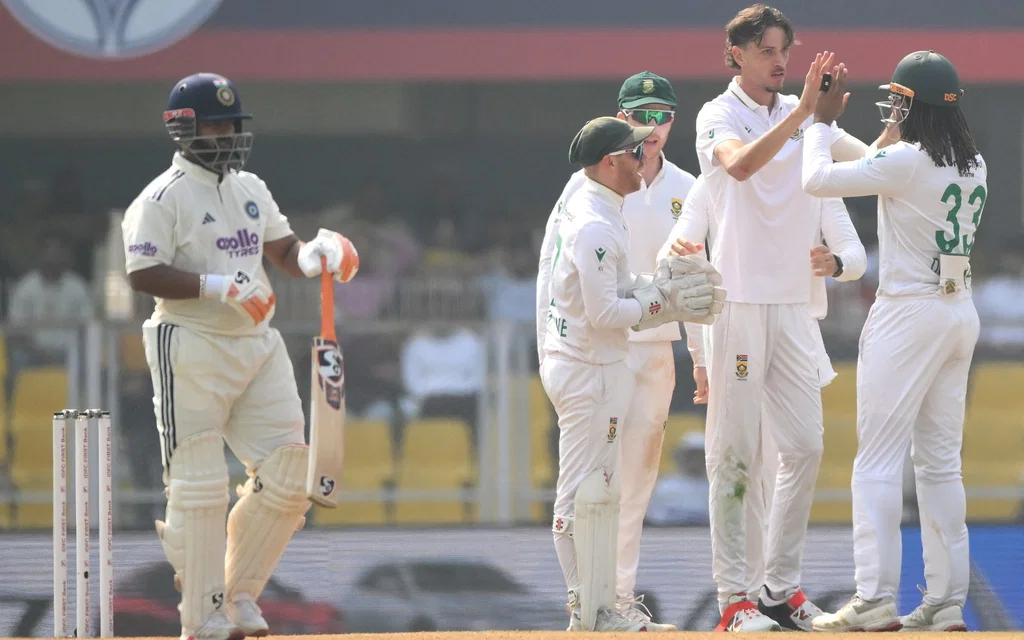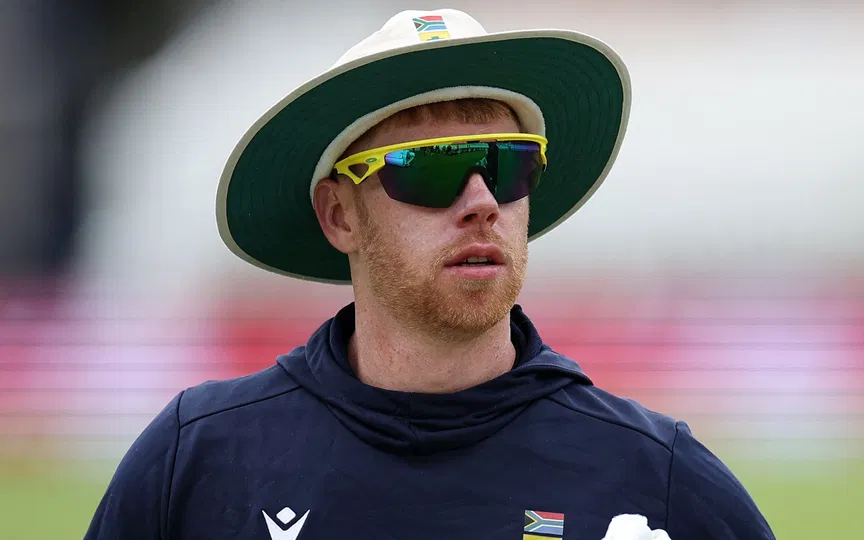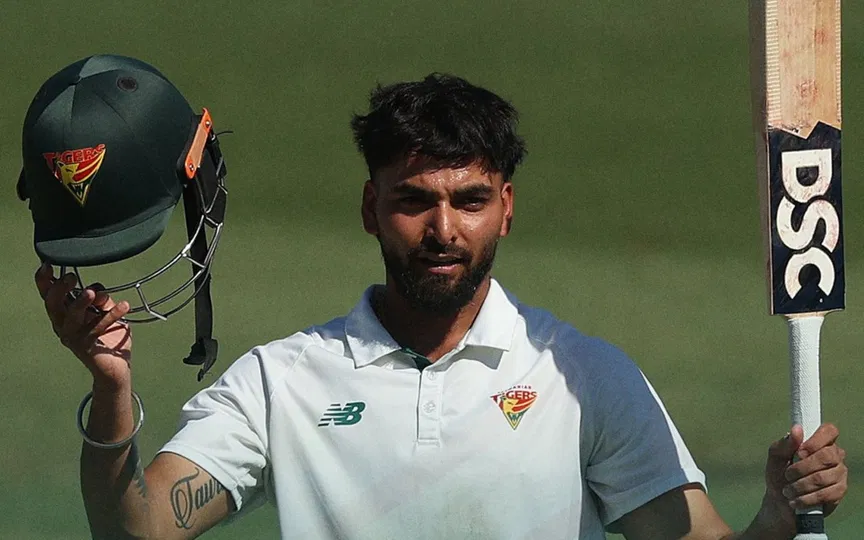 India battles follow-on in 2nd Test against South Africa (Source: AFP)
India battles follow-on in 2nd Test against South Africa (Source: AFP)
Rishabh Pant-led India are on the cusp of getting a follow-on in the ongoing second Test against South Africa. Playing at home in Guwahati, the Men in Blue, in the absence of their permanent captain Shubman Gill, are enduring an onslaught from the visiting team.
First, the South African batters scored 489 runs. Then, the bowlers showed why they are the defending champions of the 2025 World Test Championship.
India, coming to bat late on Day 2, didn't lose any wickets but had dropped 7 by the half-way mark before lunch on Day 3. Hence, the risk of a follow-on has been imposed upon the home side.
What is a follow-on in test cricket?
The follow-on is available to the captain of the team that batted first and holds a commanding lead over the other team. This gives them the option to ask the batting team to continue batting and set up the final target.
Moreover, Law 14.2 of the Laws of Cricket states: “A captain shall notify the opposing captain and the umpires of his/her intention to take up this option. Once notified, the decision cannot be changed.”
What happens in a follow-on in test cricket?
After the follow-on has been opted by the opposing captain, the team batting second bats again immediately in their second innings.
This means the second team has to bat a second time with little rest and must bat well to avoid a potential loss by an innings, while the first team gets the opportunity to finish the match sooner.
How to calculate follow-on in Test cricket?
To calculate the follow-on in test cricket, the first team to bat must have a first-innings lead of at least 200 runs. If the lead is 200 runs or more after both teams have completed their first innings, the captain of the leading team can choose to make the opposing team bat again immediately for their second innings.
The calculation is simple subtraction of the losing team's first-innings score from the winning team's first-innings score.
How many runs to avoid a follow-on in test cricket?
To avoid follow-on in Test cricket, the second team batting must close the 200-run lead as much as possible.
How many runs do India need to avoid a follow-on?
By the lunch, India has Washington Sundar and Kuldeep Yadav at the crease, with the score 174-7.
They still need to score around 110 runs more to avoid a follow-on against South Africa. Usually, it isn't much, but it would be an uphill task considering the number of remaining wickets and the visiting team's momentum.

.jpg?type=mq)

.jpg?type=mq)

